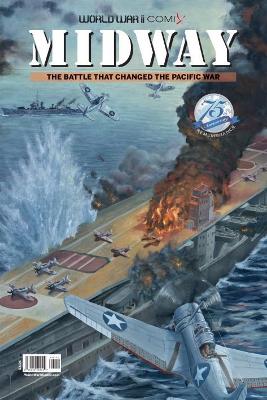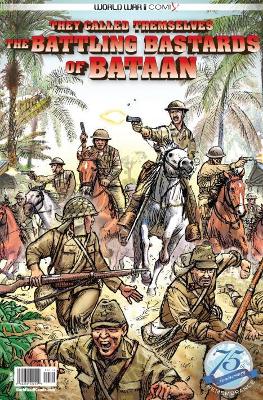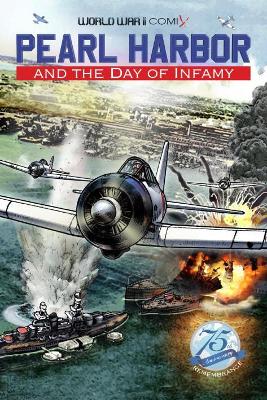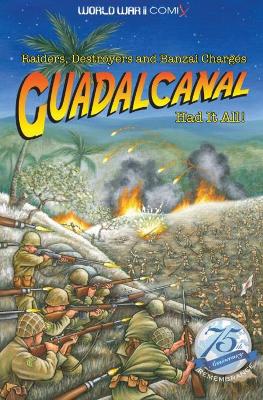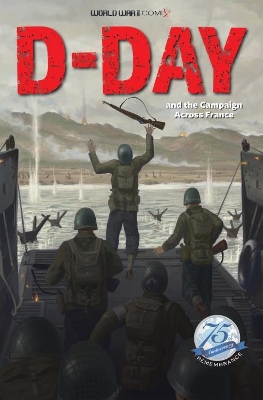World War II Comix
5 total works
After the attack on Pearl Harbor the U. S. Pacific Fleet was bent but not broken. The fact that the fleet’s aircraft carriers were away from base at the time of the attack helped the navy under new commander Admiral Chester Nimitz react to further Japanese expansion in the Pacific. American task forces staged a series of raids, mostly ineffective except in letting the Japanese know that their continued aggression would not go unchecked. Then came the Battle of Coral Sea, the first naval battle fought entirely in air to sea actions – the opposing ships never saw each other. Through experience gained in this battle and advances in code breaking by U. S. Navy cryptologists, the Pacific Fleet was ready for Japan’s attack on the American base on Midway on June 5, 1942. Navy fliers attacked the Japanese carriers and sunk four of the six present. And while America lost some ships as well, the two-day battle so damaged the Combined Fleet that the Japanese were never able to mount another strategic offensive in the Pacific. All the preparations, actions, personalities and results of the Battle of Midway are chronicled in graphic story form in Midway – The Battle That Changed the Pacific War.
This fully-illustrated account details all the major battles, decisions and outcomes as the Japanese military sought to collapse the United States' principal military enclave in East Asia and seize a country rich in natural and human resources for their Greater East Asia Prosperity Sphere. The planned 50-day campaign took 133 days because they underestimated the grit of their foes. Despite horrendous conditions, lack of air support, food and medicine, sheer grit compelled the Americans and Filipinos not to give up, even if the rest of the world had given up on them.
Starting with the background of Japan’s rise to military prominence and the Asian country’s aggressive behavior against its neighbors, this graphic history covers all the significant events leading up to that fateful aerial attack on December 7, 1941. Japan’s simultaneous surprise attacks in the Philippines and elsewhere in Asia and the Pacific are included, as is America’s reaction to the bombing of Hawaii. Also includes the introduction to a serialized adventure graphic novel set during the War in the Pacific entitled Separated by War.
Like the Halls of Montezuma and the Shores of Tripoli, Guadalcanal will forever be a part of United States Marine Corps history and lore. On this rustic South Pacific island, Marines made the first invasion of lands seized by the Japanese in their initial sweep through the region. At stake was air superiority in a wide area of the South Pacific and beyond. The bloody six-month campaign ended with U. S. and Allied victory, but in the process thousands of lives and dozens of ships and planes on both sides were sacrificed. Comic book includes graphic history and continuation of the serialized graphic novel Separated By War.
D-Day and the Campaign Across France
by Jay Wertz, Sean Carlson, and Benny Jordan
Published 22 March 2019
The Normandy Landing, Cross Channel Invasion, Operation Overlord - the World War II event known by all these names, but most commonly referred to simply as D-Day, is the best known of all the war’s pivotal moment. Seventy-five years after its occurrence, Monroe Publications and World War II Comix are pleased to present the story of D-Day as a graphic history. This 24-page work takes the form of a modern comic book, with cutting edge graphics and the most up to date factual analysis of the campaign. Also includes an episode of the serialized graphic novel Separated by War. For ages 10 and above.
